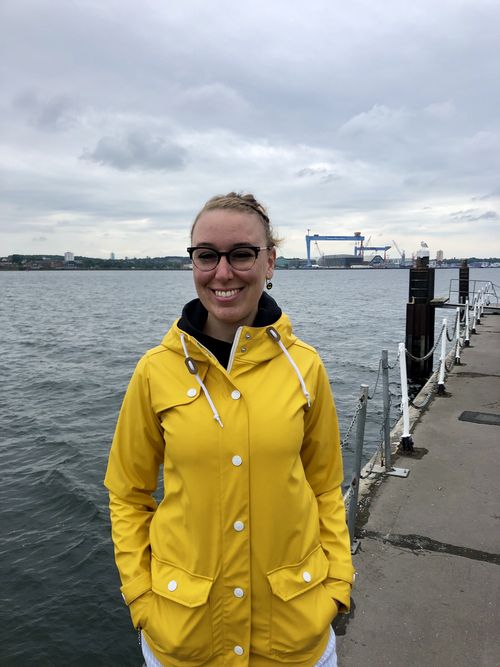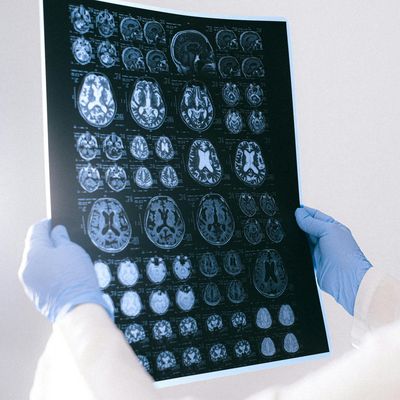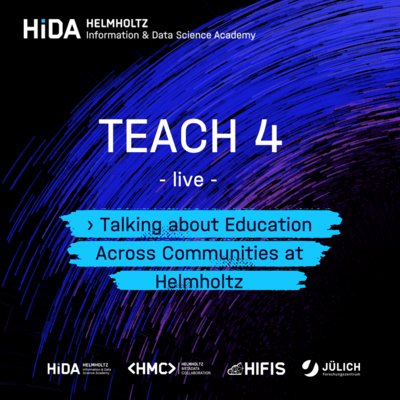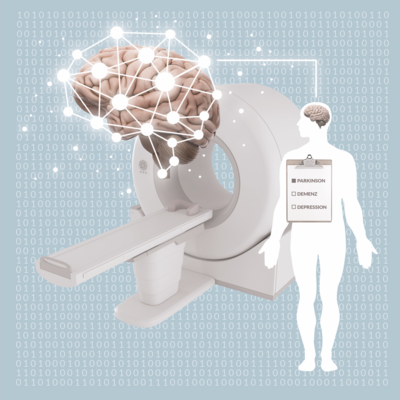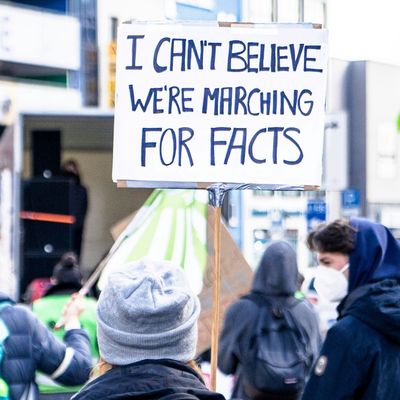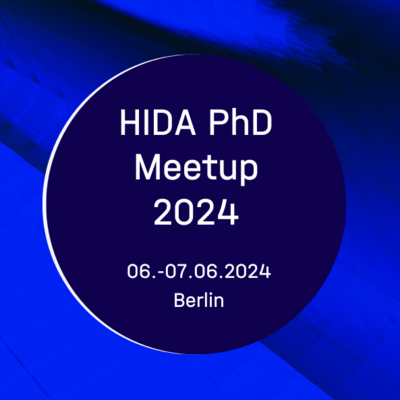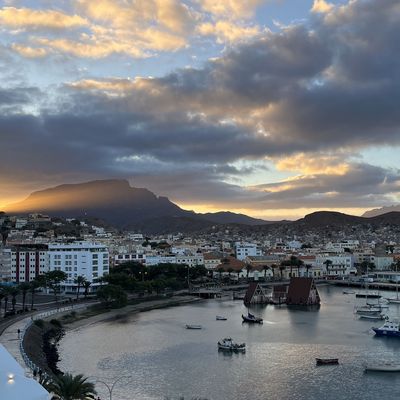Math for the marine environment
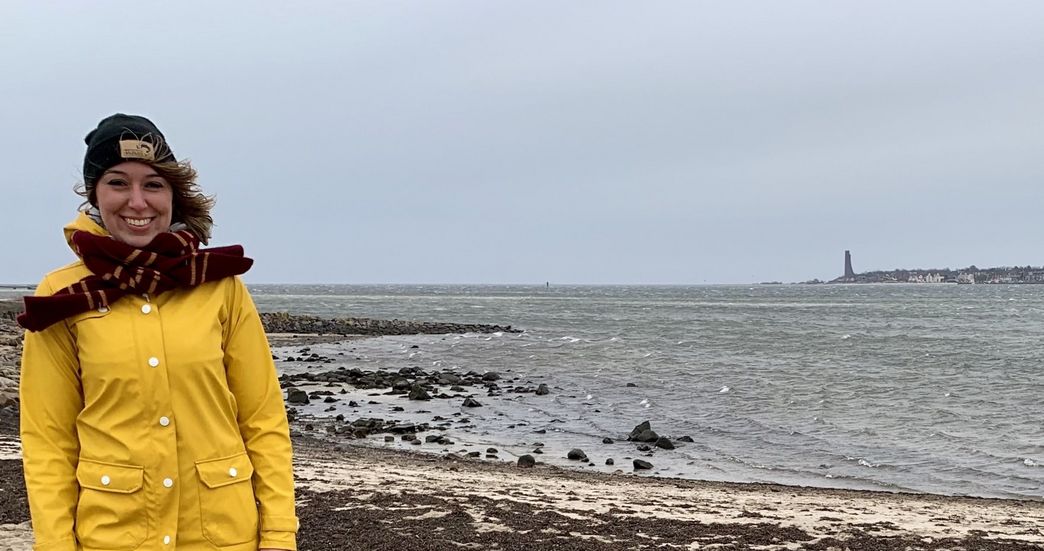
Maria-Theresia Verwega is a mathematician with all her heart and she loves the sea. That's why she decided to write her PhD at MarDATA - a new, interdisciplinary research school of the Helmholtz Association where marine data scientists are trained.
The Geomar Helmholtz Centre for Ocean Research Kiel is located in Düsternbrooker Weg, directly next to Kieler Förde, where a few seagulls are always circling. Maria-Theresia Verwega is already standing outside the door, waiting for the visitor to whom she wants to show her new research field. She has had an office at GEOMAR for a few months now; she has a second office at the Christian-Albrechts-University in Kiel. The first thing that stands out about the young doctoral researcher? Her hooded sweater - with a seagull on it - and the glow on her face, which only people have who have found the right place for themselves. "To be here," she says and smiles, "feels like a dream come true. I always wanted to do oceanography, but I'm a mathematician."
Maria-Theresia Verwega, born in 1989, friends and colleagues call her „TiA“, was born in Kiel - "in the university hospital, with a view of the sea. Since then the element has been part of her life. Tia doesn't like swimming in lakes "because the water doesn't taste salty." Every year from March to November she jumps into the Baltic Sea at Falckensteiner Strand - no matter how cold or windy it is. Recently, she even goes swimming all year round. "The sea," she says and sounds almost like she's in love, "is simply always beautiful."
She discovered her talent for mathematics at an early age
But the sea does not remain her only passion: she discovered her talent for mathematics at an early age. She loves the clarity of it and the tinkering until the right solution is found. That's why she decides to study mathematics at the Christian-Albrechts-University of Kiel after school. Minor subject: physical geography. "Because I always had the urge to do something tangible with my knowledge," she says, "something useful for the world."
After her bachelor's degree, she takes two masters on top: one in mathematics and one in environmental management. On the mathematical side, she specializes in modeling, optimization, numerics, and in environmental management in ocean research. Her master's theses in both subjects are on mathematical methods of data analysis and biogeochemical modelling.
In simple terms, biogeochemical modelling is the representation of the interrelationships of chemical, biological or physical processes in order to draw conclusions from them. Alfred J. Lotka’s and Vito Volterra’s predator-prey models, for example, are well known. From the observation of different animal populations or plant occurrences that occur together, the researchers derived rules on how these interact.
Understanding the processes in the ocean
In ocean research, these interactions are considered at the smallest level: Using so-called NPZD models, the dependencies between nutrients, phytoplankton, zooplankton and detritus are observed in order to draw conclusions about ocean processes from these cycles and to use these data to calculate the future - for example, to make climate predictions. "And that's exactly what pure mathematics is," says Tia. "Because there are differential equations in the computer programs."
Finally she could apply her math skills to the sea. But the symbiosis of her passions in her life did not stop there: She had just handed in her master's thesis at the beginning of 2019 when she heard about the idea of a "Helmholtz School for Marine Data Sciences" - in short: MarDATA. An interdisciplinary research school that was dedicated to training a new type of marine data scientist. A path that she had already begun to follow.
She strongly hoped for the approval of the research funds - and applied as soon as MarDATA was launched. The Research School, which has been in existence since autumn 2019, is a joint foundation of the two leading German marine research institutions - the Alfred Wegener Institute (AWI) in Bremerhaven and GEOMAR in Kiel - and their partner universities in Bremen and Kiel. It is also part of the Helmholtz Information and Data Science Academy (HIDA), Germany's largest postgraduate education network in the information and data sciences. MarDATA's doctoral researchers, who come from the fields of computer science, mathematics and engineering, receive three-year contracts and are supervised by two professors one of each from the data and marine sciences.
Countless measuring instruments collect data on the world's oceans every day
Tia was granted a position. She has been part of the first cohort of 16 doctoral researchers since September 1, 2019, who are researching at AWI or GEOMAR and who are learning to integrate their data expertise even better with their knowledge of marine processes. Because this is exactly what is urgently needed today: Over 70 percent of the Earth's surface is covered by oceans. Countless measuring instruments have long been in daily use on all oceans, whether on expedition ships or in the form of autonomous mini-submarines that permanently generate data on water temperatures, salinity, nutrient concentrations and much more. In short: a huge treasure trove of data, which contains enormous knowledge potential - as long as you know how to handle it.
"Our task at MarDATA is to process this data in a useful way," says Tia. In her doctoral thesis with the title: "Development of adapted Kernel Density Estimators for the Calibration of marine biogeochemical models", she is now exploring how to improve predictions for Earth system models. In other words, the graphs that we may know from the news or the IPCC report, which give predictions of how our climate or certain processes in the world will change in the future and under what conditions. The basis for decision makers such as politicians or managers.
"I'm not a Greta and I can't lead masses, and I'm not a marine biologist and I don't go out into Antarctica in storms and winds. I am a mathematician. I'm really good at it."
Tia optimizes a biogeochemical submodel for this purpose. She analyses datasets using a core density estimator, creates metrics and recalculates the model using different parameters until she finds solutions for better predictions. "I'm not a Greta and I can't lead masses, and I'm not a marine biologist and I don't go out into the Antarctic in storms and wind," Tia - who is not entirely seaworthy by the way - says. "I am a mathematician. I'm really good at it. And now I can finally use it for what I always wanted to do." For protecting the sea that she loves.
Author: Andrea Walter

